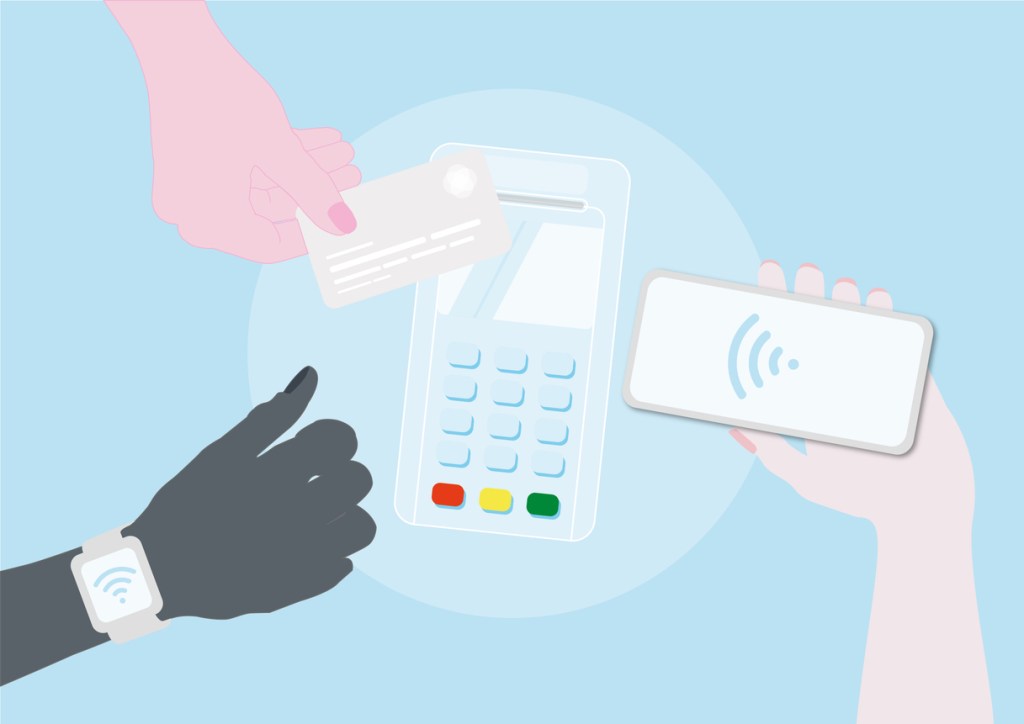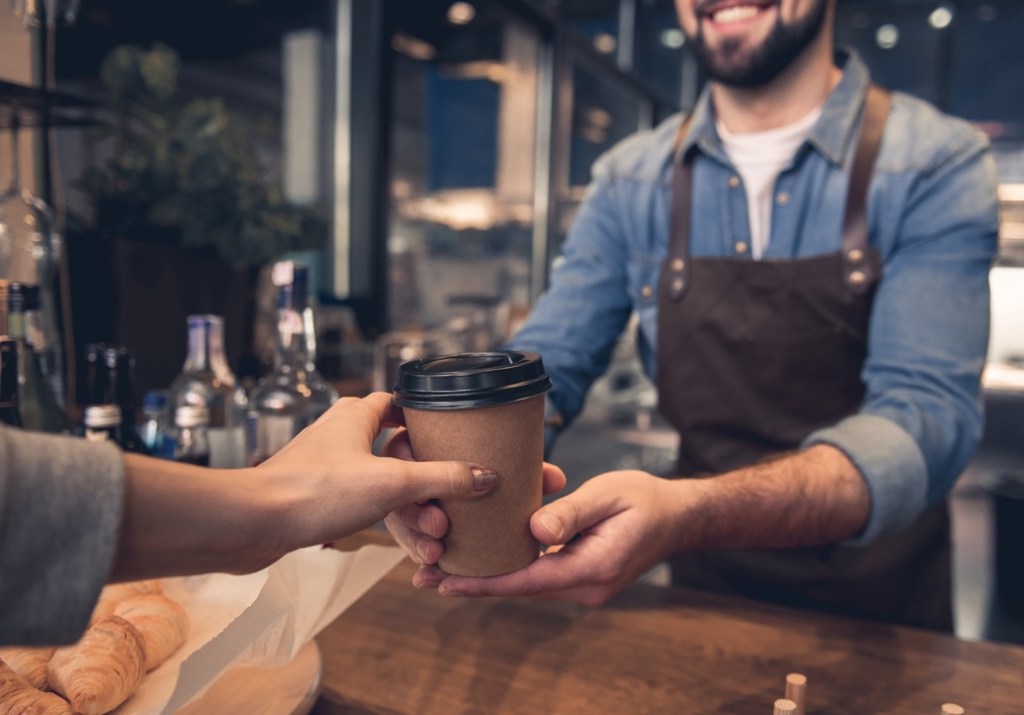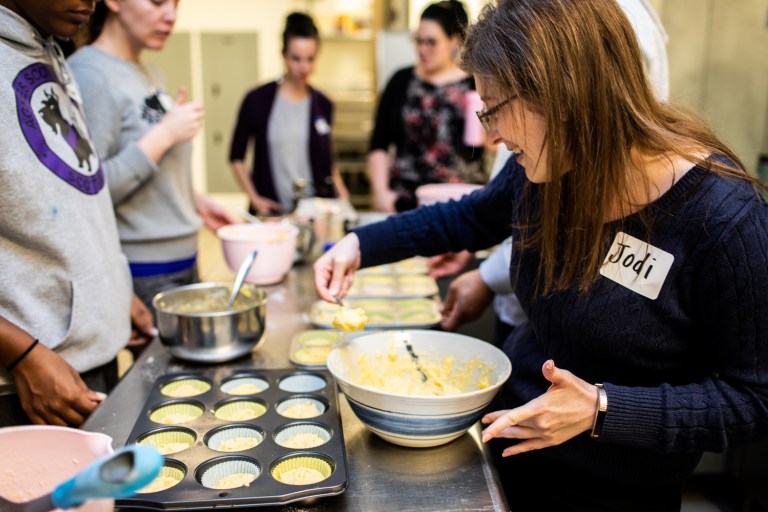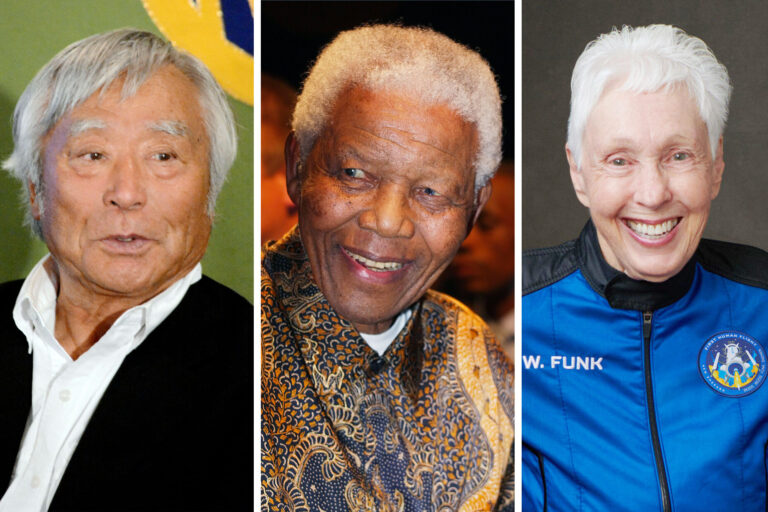When the “no-buy” trend blew up on TikTok in 2024, many participants found it hard to stick to. That’s not much of a surprise, as the challenge involves completely abstaining from spending money on non-essential items, typically for an entire year. But in 2025, a new iteration has emerged — one that’s much more manageable and may even have an emotional impact to boot.
Called the “low-buy” challenge, the idea is that you can cut back on spending by making a list of rules to stick to for a set time period. The number of rules, and their content, is completely up to you, meaning you can create a method that works for your budget and lifestyle, and that you’re most likely to adhere to.
@miarosemcgrath My low buy year in 2025, to help on my journey to £100k #personalfinance #budgeting #slowfashion #mindfulconsumption
♬ original sound – Mia McGrath
“Unlike a no-buy year where you literally can’t buy anything non-essential, a low-buy year is slightly less strict, and I think it’s more achievable for most people,” TikToker Mia McGrath explained in a video. She pledged to follow “Project Pan” in 2025, where you “try to use up every single product to its last drop,” and to look for most items secondhand before buying them new.
Aside from the obvious benefits to your wallet, the low-buy method may also boost your mental health. Evidence suggests that taking charge of your finances can positively impact your state of mind. One study found that clients of a financial firm who reported a higher level of financial well-being were less stressed and more motivated to manage their money, had better relationships with their family members, and were overall physically and mentally healthier.
“Additional money adds up in terms of health and longevity,” Peter Muennig, professor of health policy and management at the Columbia University Mailman School of Public Health, told Columbia University Irving Medical Center. “If you’re financially secure with a retirement account that’s doing well, you will probably feel more comfortable shopping at a ‘natural foods’ supermarket, and you might not take a side job or work overtime, leaving more time for exercise. Less stress, a good diet, and exercise means that you will likely age more slowly than you otherwise would have.”

And yet, completely cutting out non-essential items can be pretty tough, meaning you may be more likely to abandon the no-buy challenge altogether. Plus, while saving money is important, so is your happiness — and forgoing all social outings or fun experiences that require dishing out a little dough may not work for everyone.
That’s where the low-buy trend comes in. TikToker Jubilee Dawn, for instance, isn’t cutting out gift-giving completely, but is instead only giving “reasonable gifts” in 2025, allowing her to still participate in the act. “I’m not going to go over the top. I love my friends and family, but I am the type of person who will drop a lot of money on a birthday, when I’m sure that they would be happy with something half as much as I typically give them,” she said in a video.
Dawn is also implementing a reward system, where she’ll allow herself small purchases at the end of the month if she sticks to her budget. Little treats like these are a great way to take advantage of the low-buy challenge’s flexibility because, according to happiness expert Gretchen Rubin, they can actually help us build good habits.

“When we give ourselves treats, we feel energized, cared for, and contented, which boosts our self-command — and self-command helps us maintain our healthy habits,” Rubin wrote for PsychCentral.
So while cutting back on spending is often a necessary way to boost your finances, the low-buy challenge gives you the freedom to do it your way. If you need inspiration, follow these tips to craft your perfect rules list.












